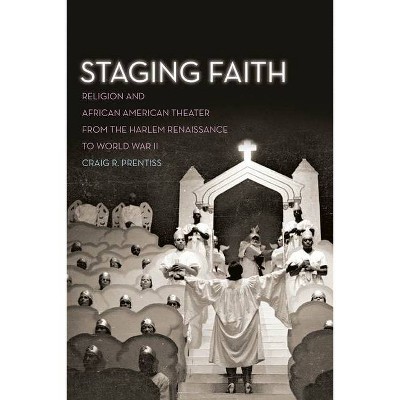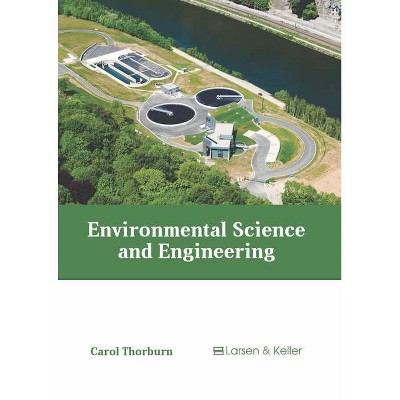Environmental and Nature Writing - by Sean Prentiss & Joe Wilkins (Hardcover)

Similar Products
Products of same category from the store
AllProduct info
<p/><br></br><p><b> About the Book </b></p></br></br>"A practical guide to the art and craft of nature writing, covering non-fiction, fiction, poetry and polemical writing"--<p/><br></br><p><b> Book Synopsis </b></p></br></br>Offering guidance on writing poetry, nonfiction, and fiction, <i>Environmental and Nature Writing</i> is a complete introduction to the art and craft of writing about the environment in a wide range of genres. With discussion questions and writing prompts throughout, <i>Environmental and Nature Writing: A Writers' Guide and Anthology </i>covers such topics as: <br/> <br/> - The history of writing about the environment<br/> - Image, description and metaphor<br/> - Environmental journalism, poetry, and fiction<br/> - Researching, revising and publishing<br/> - Styles of nature writing, from discovery to memoir to polemic<br/> <br/> The book also includes an anthology, offering inspiring examples of nature writing in all of the genres covered by the book, including work by: John Daniel, Camille T. Dungy, David Gessner, Jennifer Lunden, Erik Reece, David Treuer, Bonnie Jo Campbell, Alyson Hagy, Bonnie Nadzam, Lydia Peelle, Benjamin Percy, Gabrielle Calvocoressi, Nikky Finney, Juan Felipe Herrera, Major Jackson, Aimee Nezhukumatathil, G.E. Patterson, Natasha Trethewey, and many more.<p/><br></br><p><b> Review Quotes </b></p></br></br><br>The sense of historical development coupled with the sensitivity to the changing social and cultural landscapes makes this book useful to a number of audiences and promises to invite even more nature writers to join those already on the trail ... Part II focuses on various writerly concerns such as tone, symbol, point of view, character (both people and place), persona, research, revision, and the like. Prentiss and Wilkins deal with these issues by creating chapters that offer related readings from the anthology, a free-write prompt, an illustrating vignette, a discussion of the issue at hand, and exercises. These are standard writing issues for nature writers, and I find Prentiss and Wilkins's treatment of them straightforward and refreshing ... <i>Environmental and Nature Writing: A Writer's Guide and Anthology</i> includes nonfiction, fiction, and poetry and provides a great range of writing from multiple perspectives covering multiple genres. I find the collection useful, as models for writers and as challenges to how we define nature and environmental writing. Prentiss and Wilkins have given us a useful trail to follow ... I will use Prentiss and Wilkins's book the next time I teach nature writing. - <i>ISLE: Interdisciplinary Studies in Literature and Environment</i><br><p/><br></br><p><b> About the Author </b></p></br></br><p><b>Sean Prentiss</b> is Associate Professor of English at Norwich University, USA. He is author of <i>Finding Abbey: The Search for Edward Abbey and His Hidden Desert Grave</i> (2015), which won the National Outdoor Book Award for Biography/History. He is also co-editor of T<i>he Far Edges of the Fourth Genre </i>(2014). <p/><b><br> Joe Wilkins</b> is Associate Professor of English at Linfield College, USA. His memoir, <i>The Mountain and the Fathers: Growing Up on the Big Dry</i> (2013) won the GLCA New Writers Award for non-fiction and his work has appeared in <i>Georgia Review</i>, <i>Harvard Review</i> and <i>Slate</i> among many other periodicals.</p>
Price History
Price Archive shows prices from various stores, lets you see history and find the cheapest. There is no actual sale on the website. For all support, inquiry and suggestion messagescommunication@pricearchive.us




















